A Conversation Between: Jim Biddulph & Agne Kucerenkaite
There’s a lot to be said for trying out a breadth of creative higher education courses. The potential for merging and blending mindsets and skills from a range of disciplines can be fruitful and allow for a unique perspective within ones practice. That is certainly true for Lithuanian designer Agne Kucerenkaite. Having initially trained in Interior Design at Vilnius Academy of Arts in her native country she went on to study BA Fine Art at Design Academy Eindhoven, in the Well Being department at the prestigious design school. In just over a decade since began her studies she has been nominated for Dezeen awards three times, and won the 2020 Red Dot Best of the Best Product Design prize for her work Ignorance is Bliss. It’s an ongoing project that takes on industrial waste in an ingenious and at the same time, rather beautiful fashion; something that is undoubtedly made possible by her ability to think across both design and art disciplines. I had a chat with her to find out more about her practice and the many facets to the project Ignorance is Bliss.
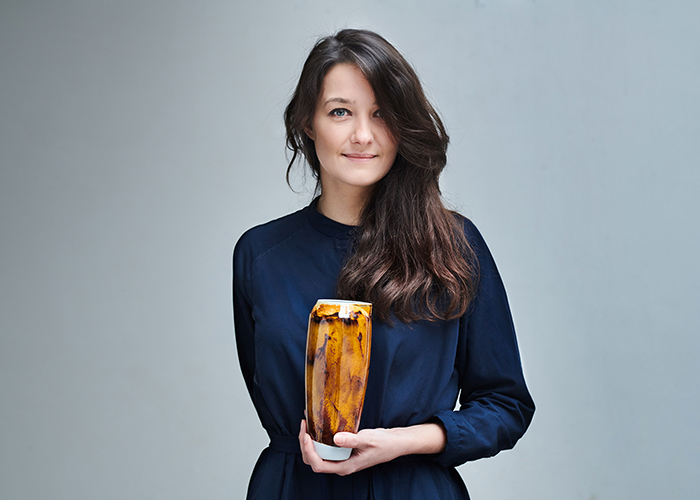
JB: Ignorance is Bliss is a very evocative title for a project, and one that creates a number of potential expectations. Can you explain what it is in a little more detail?
AK: The foundations of Ignorance is Bliss date back to 2016. At that time I began by analysing industrial metal waste from diverse sources and reclaiming it as a pigment for ceramics, glass and textiles. The outcome was a limited-edition homeware collection. Over time, the project’s complexity grew into in-depth theoretical and material research of diverse waste, leading to small and large-scale design applications. Ignorance is Bliss is an umbrella term for ongoing experimentation and disruptive cross-disciplinary thinking, which gradually develops into techniques and products that can be applied as architectural building materials and interior surfaces. The resulting products will hopefully become a thread connecting past abuse with current reuse and future (blissful) awareness.
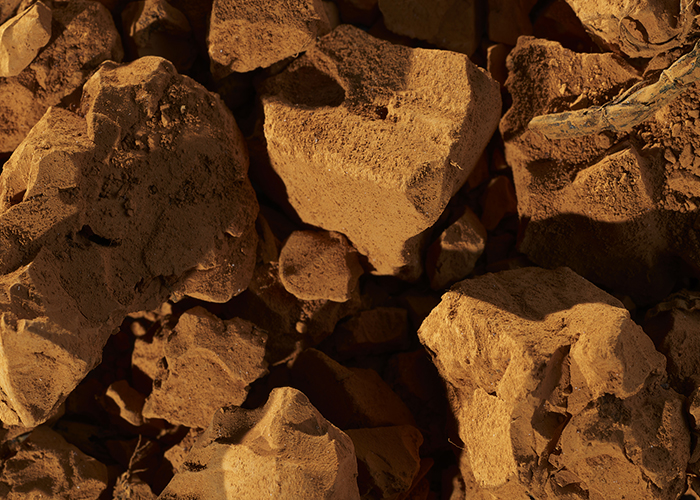
JB: It feels like such a unique approach to a material led investigation and quite a bold decision given that there was perhaps far more that could go wrong compared to used tried and tested virgin materials. What were the origins of your thinking – was there a particular trigger point?
AK: In 2015 I was chosen by Design Academy Eindhoven to partake in a three-month exchange program in Arita, Japan. It is one of the first sites to produce porcelain in Japan. Local materials, used in porcelain and glaze production, became a subject of my material research project. I gained a lot of knowledge about the porcelain itself and production techniques, working with raw materials. When I came back from Japan, I wanted to continue, but I felt there needed to be some additional value. I started looking at waste streams because of the huge quantities of raw material.
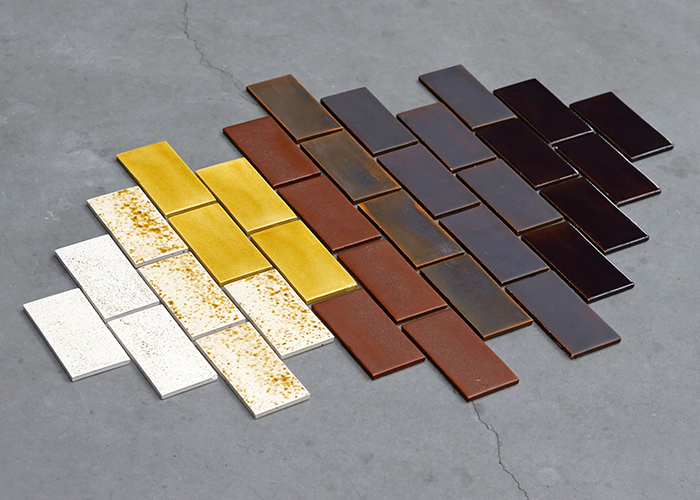
JB: We’re focusing on sustainability this month, and that is a central tenant to the project; can you explain your approach to waste and why is it important to you/us?
AK: Since the Industrial Revolution, ignorance and negligence have generated environmental pollution on a mass scale. Production facilities Worldwide are calculating residues by tonnes and are facing difficulties with their disposal. The conducted research with various waste streams shows that most can be repurposed in creative ways and become a part of circular models. Ignorance is Bliss solutions substitute factory-produced substances with waste or create completely new formulations and materials. Surprisingly, the irregularities present in residue lead to more vibrant design objects. Ignorance is Bliss projects primarily focus on industrial waste and by-products, as these are usually consistent, ensuring a reliable qualitative supply. Typically, secondary raw materials don’t meet the ‘industry standard’ or are contaminated and are therefore dumped or downcycled. Reusing waste decreases the need of natural resources, reduces environmental pollution and allows materials to be used to their fullest extent.
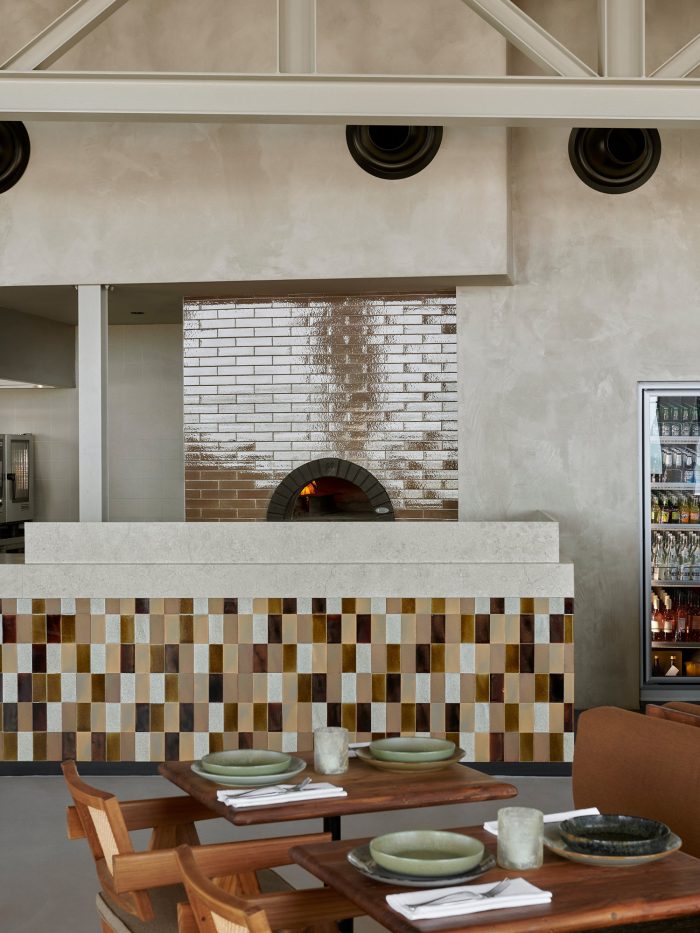
JB: The tiles may be one of the first things people spotted you for; are you able to tell me a little more about the journey you’ve been on in up-scaling and producing the tiles? Are you able to explain the processes involved? What applications can they be used for?
AK: Ignorance is Bliss ceramic tiles are glazed using pigments solely derived from industrial metal waste and by-products. Usually, these metals would be mined and undergo excessive processing. The amount of waste in the glaze is up to 40%, as ceramic glazes are a combination of base transparent glaze and pigments. Drinking water supply and soil remediation industries, which produce thousands of tonnes of residue per year are the main suppliers of metal waste for Ignorance is Bliss ceramic tiles. Currently there are 20 colours available and they are suitable for any indoor application. Tiles can be produced in unlimited quantities and come in a variety of sizes and colours. The production factory is applying glazes by hand leading to subtle variations in shades. The products have a distinctive appearance, are safe, sustainability-focused, and as research continues they gradually will evolve towards an even more environmentally friendly version. Each decision regarding size and shape is made to be most energy and cost-efficient. Tiles are intentionally formulated without poisonous lead and barium, which typically are common choices for bright colours.
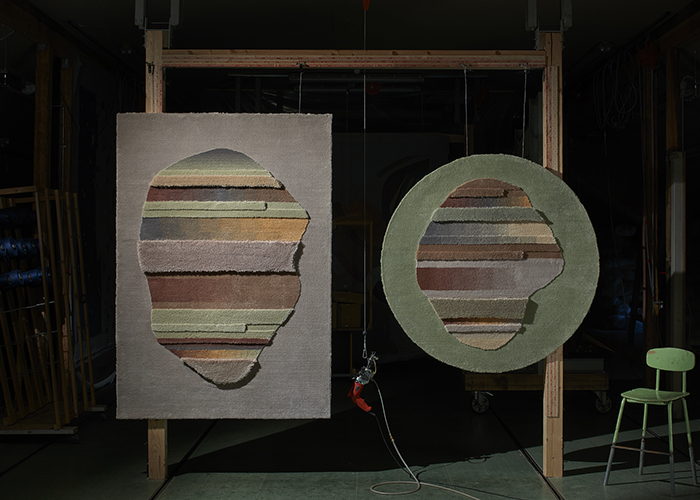
JB: And the rugs have gained some traction with the likes of Dezeen recently; as with the tiles, can you explain the story and processes behind them?
AK: Rugs are coloured using upcycled textile dyes that originate from botanical and metal waste and by-products. Commercial textile dyeing causes a significant amount of environmental and health problems due to the chemicals used in the process whereas natural dyeing is rarely employed on an industrial scale. Drinking water supply and agriculture industries are the main waste suppliers for the collection. Leftovers of mostly organically grown plants do not contain toxic additives as they are intended for use in the food and pharmaceutical industries. Flax is versatile, cost-effective, resilient, and its cultivation requires far less water and pesticides than cotton. The Ignorance is Bliss rug collection is made from linen; a deliberate choice as it is a durable, resistant, and hypoallergenic material. The rug design is a blend of organic and geometrical shapes resembling natural and artificial. The structures within the rugs are inspired by the shapes of the asteroids Lutetia and Juno. At the moment, yarns are hand dyed with 9 natural colours that have been developed from waste. For those 2 rugs a total amount of 19.77 kilograms of waste was used.
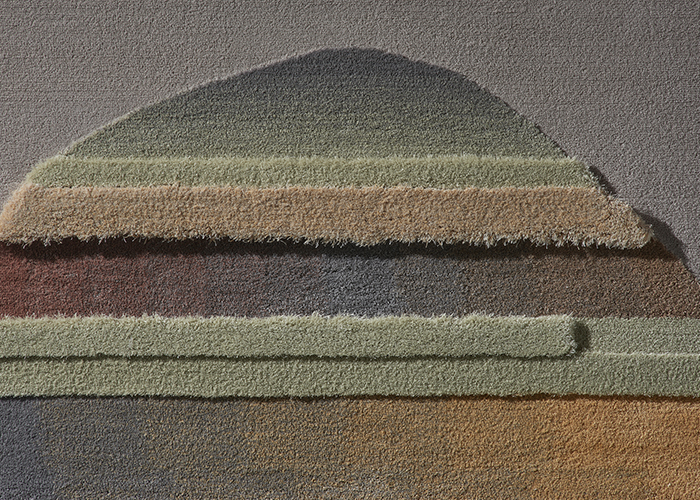
JB: And why are the designs reflective of asteroids; is there a conceptual connection there?
AK: Asteroids are ‘by-products’ from the formation of our solar system.
Since asteroids formed at the same time as other objects in our solar system, these space rocks can give scientists lots of information about the history of the universe. The parallel is drawn between an asteroid, being a primal raw material, and industrial waste similarly being a starting point for the creation of new materials and objects. There is a gentle gradient fusion between colours allowing the creation of a rich blend of colour combinations. Gradients and varying pile heights also cast slight shadows that provide three-dimensionality to the collection.
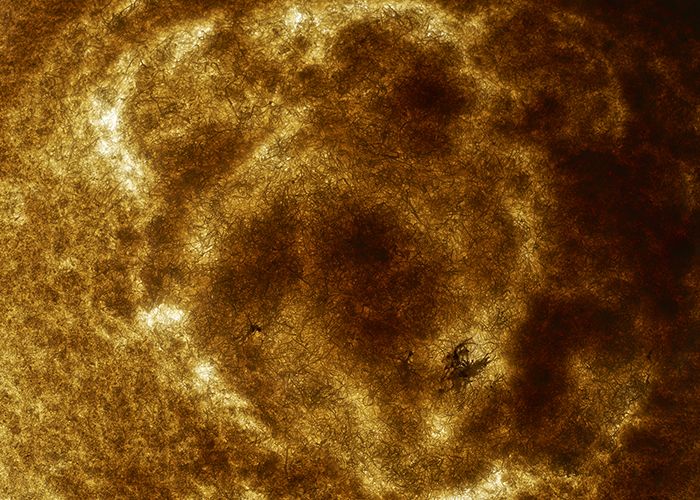
JB: And even with these really involved and successful elements of the overall project I’m aware that you are working on new material investigations that transform waste, are you able to tell about those?
AK: I strongly believe that quality and depth comes with time as well as dedication, and I am an advocate of long-term projects. As a result, there is a lot to be done with all the projects that we spoke about. But I am full with lots of new ideas too.
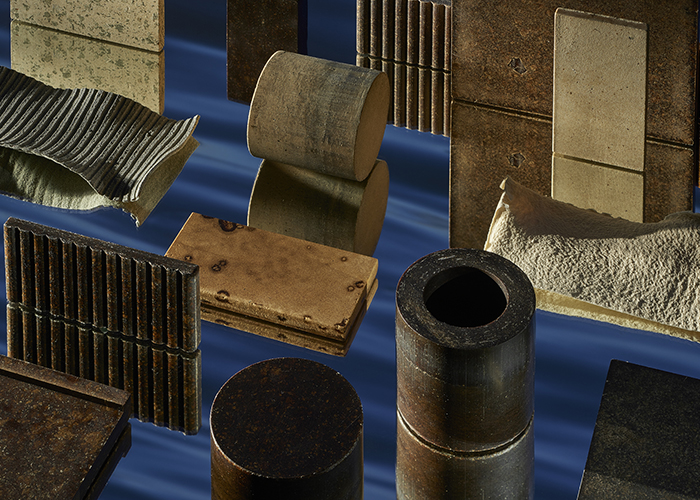
One of those is called Amber Waste is Bliss and involves the creation of bioleather and biocomposites the residual flow from the production of jewellery and small objects made of amber. Amber is high-priced, but tonnes of amber dust disappear down the sewer because the industry sees it as a low-grade material. It’s also a highly problematic substance because the mining of land in the Baltic has been done so exploitatively; both in terms of the land and the people involved in extracting it.
I have carried out a full scope of material research by softening and melting the amber dust, creating new methods whereby I can analyse the properties; deconstructing it by adding new biomaterials and binders, and altering its properties as well as changing the colour. Amber is transformed into a completely new material to create a range of usable more cost-effective interior products such as panels, tiles, and furniture parts and objects.
This year I have also begun a collaboration with Marija Spokaite, which we’re calling Biofuel Waste is Bliss. The intended result is a ceramic collection with the composition containing ashes, which remain as residue from the green energy sector. Globally, over 10 million tonnes of ash are generated and is a well-recognised sustainability problem but wood ash usage in ceramics reaches ancient times and our goal is to revive this in circular and healthy ceramic products.




